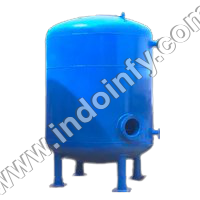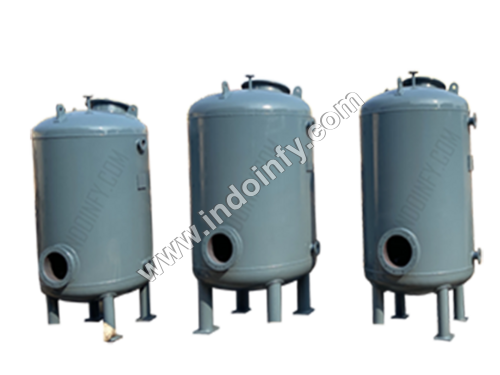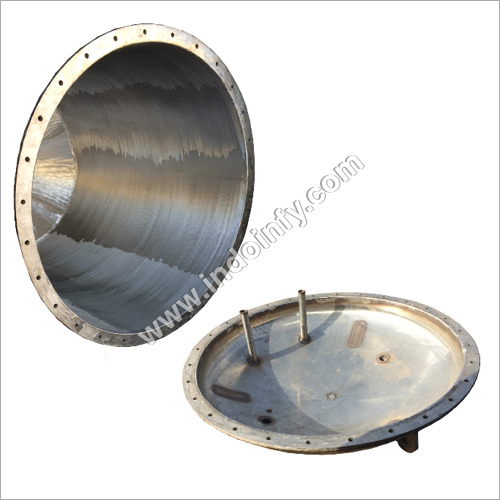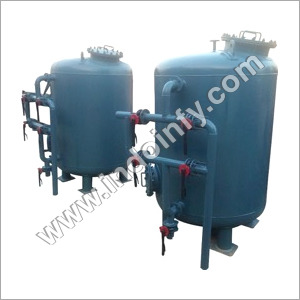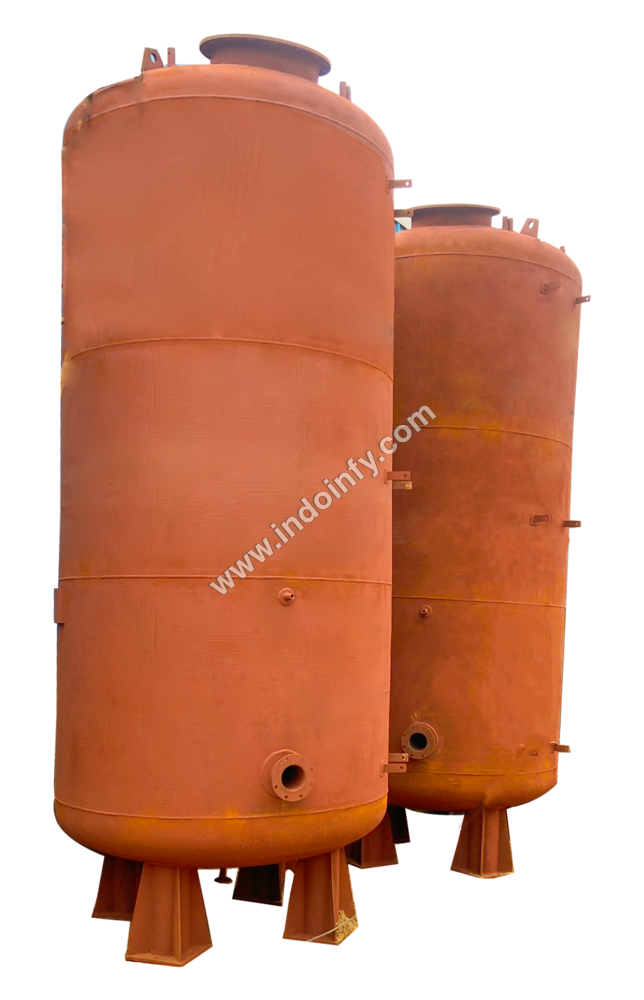
Vertical Vessels
435750.0 आईएनआर/Unit
उत्पाद विवरण:
- रंग Orange
- एप्लीकेशन Industrial
- साइज Standard
- मटेरियल Milod Steel
- शर्त
- Click to view more
X
मूल्य और मात्रा
- 1
उत्पाद की विशेषताएं
- Orange
- Milod Steel
- Standard
- Industrial
व्यापार सूचना
उत्पाद विवरण
Vertical Vessels: A Comprehensive Overview
Vertical vessels are cylindrical pressure vessels that are oriented vertically. They are widely used in various industries, including chemical processing, petrochemical, oil refining, and power generation. These vessels are designed to withstand high internal pressures and temperatures while containing gases or liquids.Key Components of a Vertical Vessel
Shell: The main cylindrical body of the vessel.
Heads: The top and bottom ends of the vessel, typically dished for strength.
Nozzles: Openings for connecting pipes, instruments, and other equipment.
Supports: Structures that hold the vessel in place, such as skirts, lugs, or saddles.
Internal Components: Depending on the application, these may include trays, packing, or other internals for separation or mixing.
Common Applications of Vertical Vessels
Storage: Storing liquids or gases under pressure.
Separation: Separating different components of a mixture, such as distillation columns.
Reaction: Carrying out chemical reactions.
Heat Exchange: Transferring heat between fluids.
Mixing: Mixing different substances.
Advantages of Vertical Vessels
Space Efficiency: They occupy less floor space compared to horizontal vessels.
Gravity-Driven Flow: Gravity can be used to facilitate the flow of fluids within the vessel.
Ease of Maintenance: Access to internals is relatively easy.
Versatility: They can be used for a wide range of applications.
Disadvantages of Vertical Vessels
Higher Construction Costs: They can be more expensive to construct than horizontal vessels.
Limited Capacity: They may have limitations on the amount of fluid they can hold.
Transportation Challenges: They can be difficult to transport due to their size and weight.
For और जानकारीrmation and detailed technical specifications, please refer to relevant engineering handbooks and standards.
PRICE RANGE: Rs. 2,00,000 - Rs. 20,00,000
Tell us about your requirement

Price: Â
Quantity
Select Unit
- 50
- 100
- 200
- 250
- 500
- 1000+
Additional detail
मोबाइल number
Email



